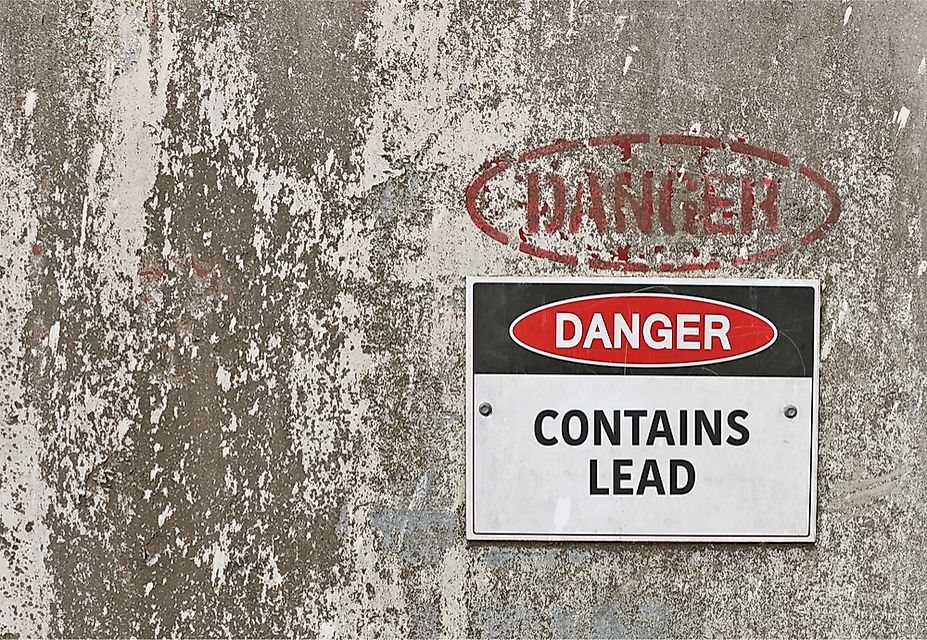What Are the Effects of Lead Poisoning?

What Is Lead Poisoning?
Lead is a heavy metal that exists naturally within the crust of the Earth. The World Health Organization (WHO) identifies lead as 1 of the 10 major chemicals that should be considered dangerous to public health. This classification was made because lead acts as a cumulative toxin in the human body, which means that it is absorbed at a faster rate than it can be expelled. Over time, the amount of lead within the body accumulates, with most concentrations found in the teeth and bones. This accumulation results in lead poisoning. According to the US Center for Disease Control (CDC) organization, a person has lead poisoning if blood analysis results reveal levels greater than 10 micrograms of lead per 100 grams of blood in adults and levels greater than 5 micrograms of lead per 100 grams of blood in children.
Humans can be exposed to lead in a number of settings, including the workplace or the home. In fact, lead particles have been recorded in food, household goods (like paint or fuel), air, water, and dust. This widespread presence makes it difficult to avoid lead exposure. Some populations, however, are at greater risk than others.
What Are the Effects of Lead Poisoning?
Once the human body is carrying more lead than can be stored in the bones and teeth, it is released into other organs, including the brain, liver, and kidneys. In children, lead poisoning may prevent proper development of the nervous system and brain. When these two systems are under attack, the child may experience seizures, complete coma, and even death in serious cases. However, if a child survives a case of lead poisoning, their health remains jeopardized by increased risks of physical, mental, and behavioral disorders. These types of damage are considered permanent.
In adults, lead poisoning often results in kidney damage and high blood pressure. Other symptoms observed in adults with lead poisoning include: insomnia, hallucinations, memory loss, fatigue, muscle pain, abdominal pain, and tremors. Some adults have reported an unidentifiable taste in their mouths prior to diagnosis. During pregnancy, lead poisoning has been known to cause death of the fetus, low birth weight, and premature delivery.
Preventing Lead Poisoning
The WHO reports that lead poisoning caused 494,550 deaths in 2015. In the same year, it resulted in the loss of 9.3 million disability adjusted life years, which is a calculation that includes the amount of healthy years lost due to long-term health conditions. Fortunately, however, lead poisoning is completely preventable. Parents are encouraged to have their children screened on a regular basis and to avoid exposure to lead paint and dust, which involves avoiding houses built prior to 1978 (in the United States) that are undergoing remodeling. Since leaded paint (particularly in low and middle income nations) is one of the biggest concerns in terms of exposure to lead, the WHO has joined the Global Alliance to Eliminate Lead Paint with the UN Environmental Program (UNEP). The program's primary objective is to eliminate the production of lead paint throhgojt the world.











